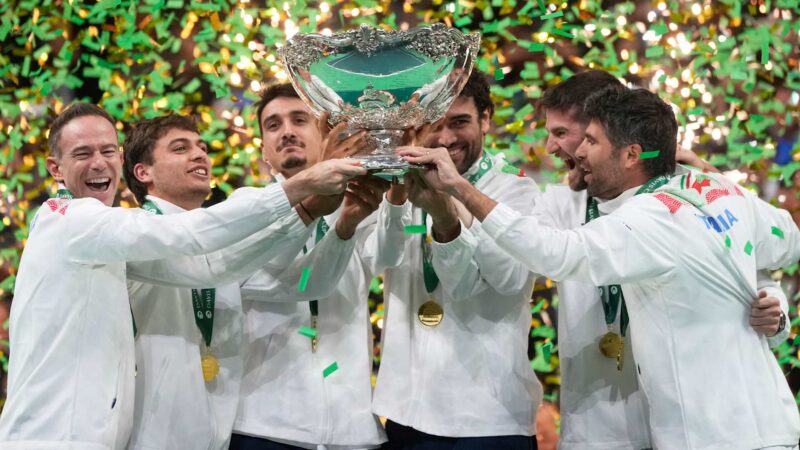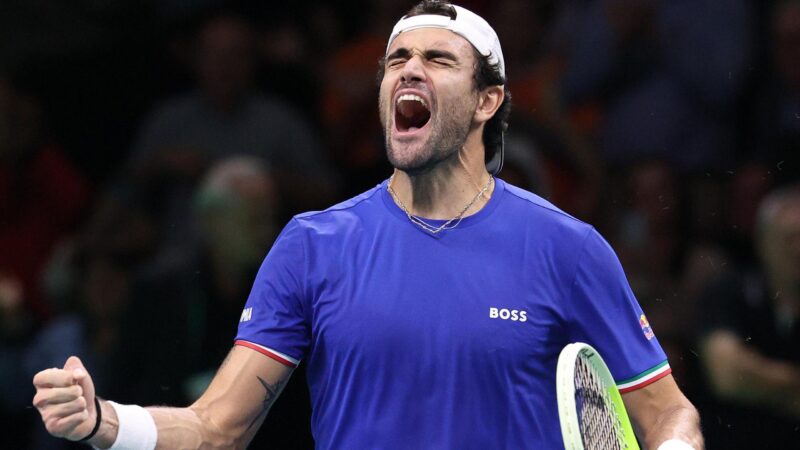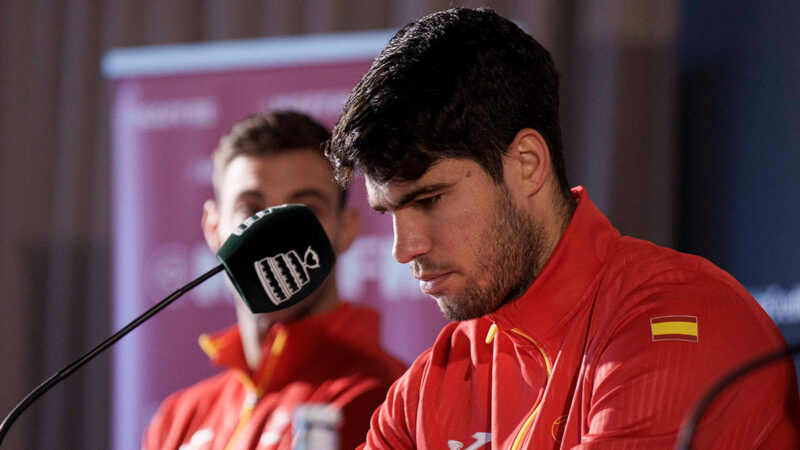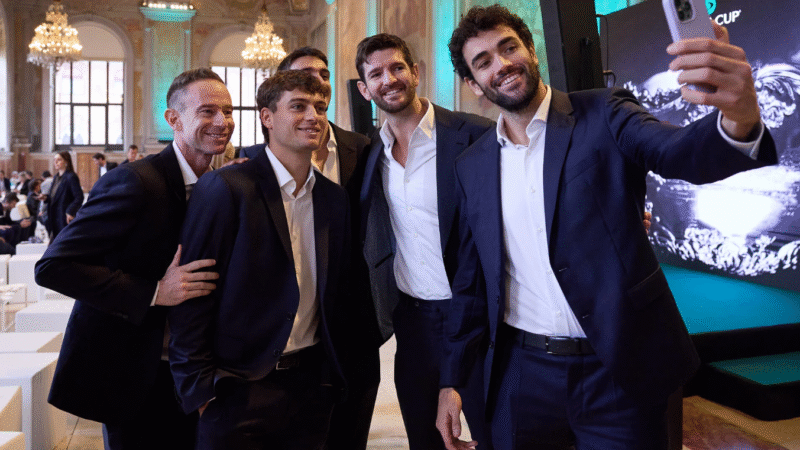Inside Carlos Alcaraz’s quest to tame the indoor game
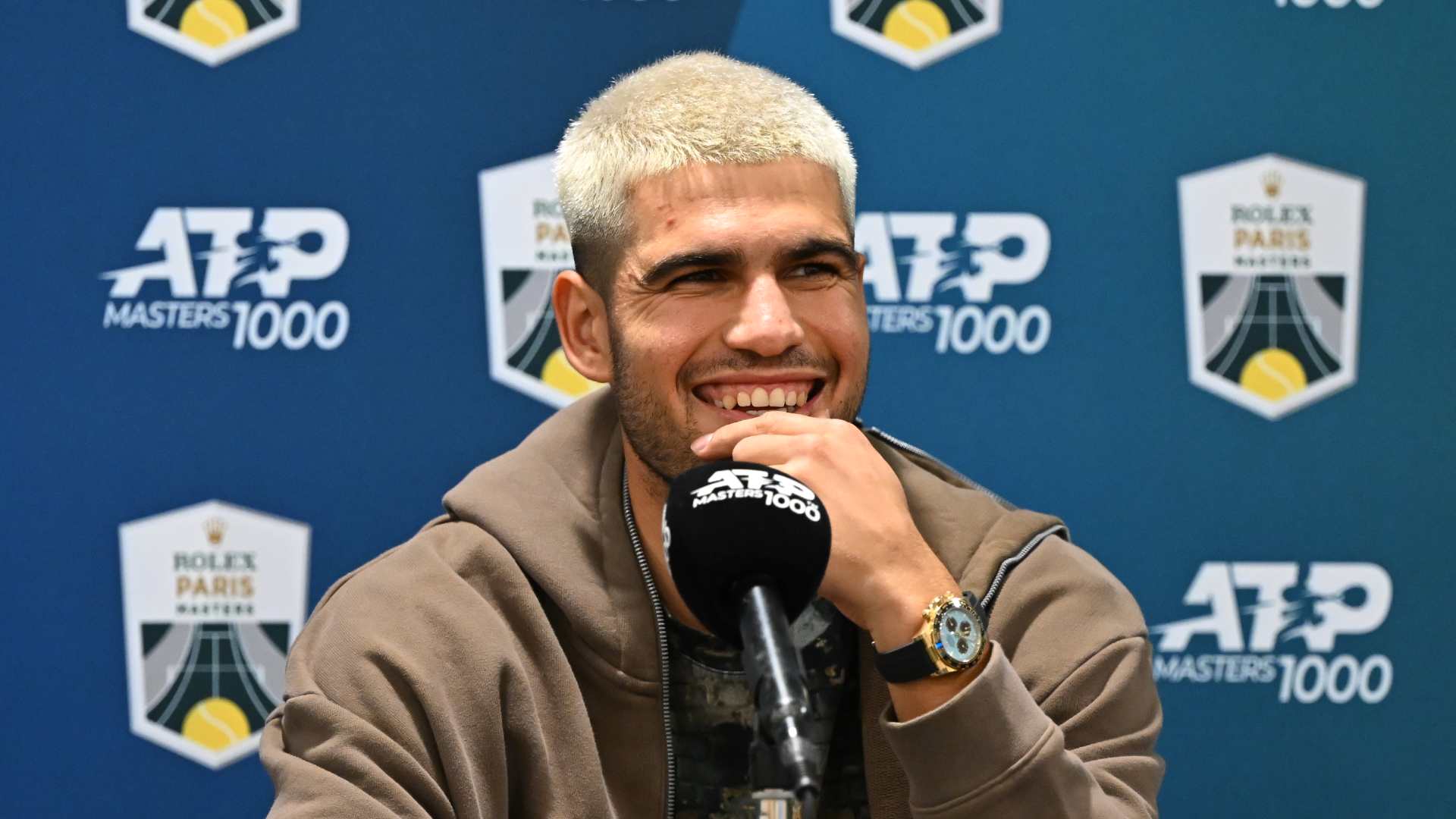
Carlos Alcaraz may be the reigning World No. 1 with eight titles already tucked under his belt in 2025, but there’s one arena — literally and figuratively — he’s still learning to master. The indoors.
As the ATP season drifts into its final act, moving through Paris, Turin, and Bologna, Alcaraz has been refreshingly open about his ongoing battle with roofed courts, their quirks, their physics, and the patience they seem to demand.
“I wouldn’t say I’m bad playing indoors,” Alcaraz said with a small grin during a press conference at the newly unveiled La Défense Arena in Paris. “I think other players are better than me on indoor, it’s a huge difference saying that.”
It’s a rare, almost disarming admission from a player whose electric athleticism and ferocious baseline game have made him the most thrilling young force in tennis.
But inside an arena, where the air stands still and the court speed can swing from glacial to lightning-fast, his usual dominance can occasionally flicker.
“There are some matches that I played against someones that they are playing much better in indoor than I do,” he added. “So I have to be ready for that.”
The numbers back him up. Alcaraz’s indoor record is solid, but it hasn’t quite reached the heights of his clay-court supremacy or outdoor hard-court brilliance.
His breakthrough came earlier this year in Rotterdam, where he finally clinched his first indoor title, but also a reminder that there’s still a layer of the sport he’s decoding.
Part of the challenge lies in the subtle, maddening physics of indoor tennis. The quicker courts, the lower bounce, and the eerie perfection of controlled conditions.
Without wind, sun, or even the slight unpredictability of outdoor air, the margins shrink. Big servers and flat hitters thrive, while players who build points with heavy spin, like Alcaraz, have less room to breathe.
Yet this week in Paris, the 21-year-old sounded upbeat about what he’s seen so far. “It’s much slower than last year, but I think it’s a really good speed that we can see tennis, not only serve,” he said. “So you can see rallies, you can see points, you can see tennis. I think it’s great.”
That change could be his opening. Alcaraz thrives when he’s allowed to construct. When he can chase, improvise, and shape rallies instead of being forced to play first-strike tennis.
“I’ve said many times that I like slower courts, not that fast,” he said. “Obviously this tournament is not my best one in terms of results, but I love playing here.”
That affection for Paris feels genuine, even if the results have been a little cruel. The Paris Masters hasn’t exactly been a playground for Alcaraz, who’s fallen short in past editions to more experienced indoor specialists.
Still, his optimism feels grounded. “I’m not really used to playing indoors, but year after year, I think I’m getting more used to it,” he said. “So we will see this year. I hope I’ll go further than in previous years.”
His chances this time might also rest on a fresh start physically. After his Tokyo title run, Alcaraz made the tough call to skip Shanghai, citing fatigue and a nagging ankle issue — an uncharacteristically pragmatic move for someone who thrives on momentum.
“I had to hear my body, and I think I wasn’t ready to play another tournament in a row,” he said. “So I just preferred to come back home, I recovered the ankle, and [I’m] trying to be in good shape for this time of the year.”
Now, with his body recharged and his rhythm rediscovered, he sounds more than ready to test himself again under the lights. “Physically, I’m feeling good. I’m practicing well, hitting the ball really well. So I just really want to see myself playing again here.”

